April 17, 2025 | 15:43 GMT +7
April 17, 2025 | 15:43 GMT +7
Hotline: 0913.378.918
April 17, 2025 | 15:43 GMT +7
Hotline: 0913.378.918
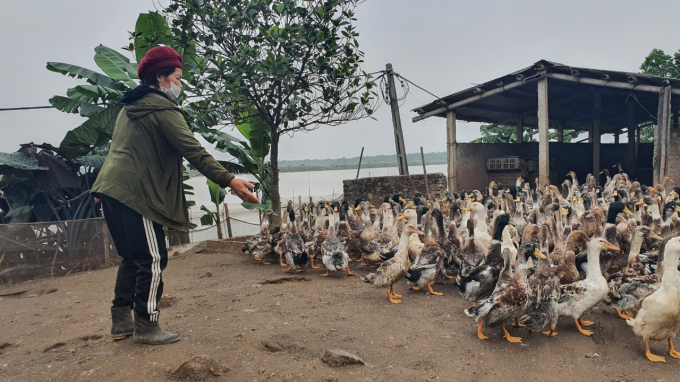
The livestock sector in Hai Phong is not commensurate with its potential. Photo: Dinh Muoi.
Hai Phong's current annual raw meat output is less than 100,000 tons and poultry eggs output is 325 million egg, the total production value is estimated at 5,000 billion VND.
In addition, the disease development is still complicated, the rate of slaughtered livestock and poultry is in low concentration, the re-herding of pigs faces many difficulties because small-scale livestock households changed their specializations after suffering great losses due to the African swine fever.
According to general assessment, the potential for livestock development in Hai Phong is promising, but development in the sector in recent years has not been satisfactory and not commensurate with the potential and strengths of the port city.
In addition to the general difficulties, the slowness and stagnation of the livestock sector for many years can be attributed to Hai Phong city's unique characteristics and limitations, both objectively and subjectively speaking.
Some clearly defined reasons are worth mentioning, including the fact that the planning of concentrated livestock, poultry slaughterhouses and the planning of concentrated breeding areas in Hai Phong towards 2020 have all expired.
However, the 2018 Planning Law does not allow localities to develop specialized plans and instead must integrate them into the general planning of provinces and cities following the list prescribed by the Government, this in turn has caused difficulties for localities in implementing management of concentrated livestock and slaughtering.
On another note, the number of officials, employees is still small, the percentage of small, individual households specializing in animal husbandry is high, interspersed in residential areas, and has not actively taken measures to prevent epidemics such as vaccination for disease prevention, sterilizing and disinfecting the breeding environment, waiting for sources of support, etc., this inactivity has caused the risk of disease outbreaks to run rampant, causing harm to livestock production.
Hai Phong's agricultural sector sets a target that by 2025, the structure of livestock production value will account for 50% of the agricultural production value and the total output of various types of meat will reach over 120,000 tons.
Hai Phong will have entirely large-scale concentrated livestock farms qualified as disease-free facilities, 100% slaughterhouses will use semi-industrial and industrial chains, and at the same time, 50-60% of cattle and poultry meat products consumed in the locality are slaughtered concentratedly.
According to Hai Phong Animal Husbandry & Veterinary Sub-Department, the locality is developing a specific development strategy for the livestock sector for many years to come in order to solve the aforementioned problems.
This strategy was developed for the purpose of focusing on exploiting, promoting the city's livestock development advantages in the direction of gradually reducing household-scale livestock production, switching to farm-scale husbandry, applying advanced techniques to improve productivity, quality, reduce adverse environmental impacts, increase incomes, and improve farmers' material and spiritual life.
The city will also continue to mobilize and diversify resources for investment, development of livestock production, concentrated slaughterhouses, livestock processing facilities, and feed processing factories.
Additionally, in order to control the epidemic of livestock and poultry in the city as well as minimize damage caused by natural disasters and epidemics, the city will aim towards building disease-free breeding facilities and areas, contributing to minimizing impact on the environment.
After completion and approval, functional units and localities need to coordinate effectively to implement different solutions.
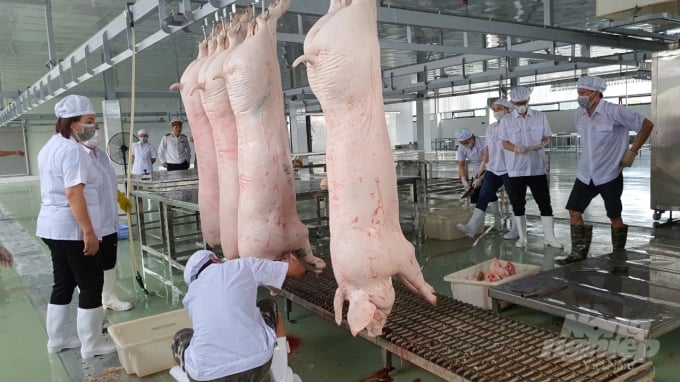
Concentrated slaughterhouses in Hai Phong are few and not as developed as expected. Photo: Dinh Muoi.
In the immediate future, it is necessary to have a land fund for livestock development complying with the provisions under the Law on Livestock, the Law on Veterinary Medicine, in association with slaughter, suitable with the general planning of the city, ensuring the requirements of minimizing environmental pollution, disease safety, biosecurity as well as improve livestock efficiency.
Priority should be given to land allocation and land lease with preferential policies in compliance with the law on land for breeding facilities, concentrated and industrial farms that meet biosafety conditions in the livestock development region, concentrated slaughterhouses, industrial processing facilities in the animal husbandry sectpr, wholesale markets, and livestock auction centers.
On the other hand, it is necessary to build infrastruicture, including roads, electricity, water and environmental treatment for breed production facilities, slaughterhouses, industrial preservation and processing facilities for livestock products in the areas identified in the development plans.
It is necessary to provide annual support for the assessment, selection, elimination and replacement of livestock breeds, build models of organic breeding sites, apply high technology and biotechnology in the production and processing of raw materials for animal feed and veterinary medicine.
Organize the effective implementation of policies and tax incentives for activities in all fields of the livestock industry to facilitate the development of modern, comprehensive and synchronous livestock production.
Moreover, it is necessary to accelerate the development and expansion of linkage chains in animal husbandry and improve the effectiveness of support, especially for the household specializing in livestock production, by encouraging support for businesses and cooperatives investing in animal husbandry in association with farms and livestock households.
Mr. Nguyen Manh Hung - Deputy Director of Hai Phong Department of Animal Husbandry & Veterinary said that, in addition to these solutions, it is also necessary to pay attention to credit, encourage investment loans for projects on developing livestock breeds, slaughterhouses, livestock products preservation and processing facilities in the direction of industry, raw material production facilities for animal feed and veterinary drugs utilizing high, advanced, new technology, and biotechnology.
Commercial banks should encourage organizations and individuals to borrow capital according to preferential policies by the State to invest in breeding animals, facilities, innovate technology, develop livestock and slaughter, industrial preservation and processing of livestock products in the area.
It is necessary to renew scientific research and livestock technology in the direction of combining research with the transfer of technological advances. Prioritize, encourage research, application and transfer of high, advanced, new technology, biotechnology into the fields of animal breeds, animal feed, veterinary medicine, vaccine production, identification, tracing of animals, slaughter, processing, disease prevention and control, treatment of the livestock environment.
On the other hand, it is necessary to apply advanced technical measures in the selection of livestock breeds, selection and breeding of new high-yield, high-quality breeds as well as rapid absorption of technical advances in breed production, import and replication, supplement sources of high-yield, high-quality breeds, suitable for consumption needs, as well as for export needs.
The city will continue to review and improve relevant mechanisms, policies to attract and encourage investment in technical infrastructure, scientific research, and technology application to develop modern livestock, in a closed chain, improving the productivity, quality and competitiveness of the livestock industry", Mr. Hung shared.
With a vision towards 2045, the level and production capacity of the livestock industry in Hai Phong city is among the top of Southeast Asian countries, becoming an industry-oriented commodity production industry from production, slaughtering, processing, preserving to market connecting meeting the food demand for domestic consumption and export. The city also manages to control and prevent dangerous infectious diseases in livestock and diseases transmitted from livestock to humans.
Translated by Nguyen Hai Long
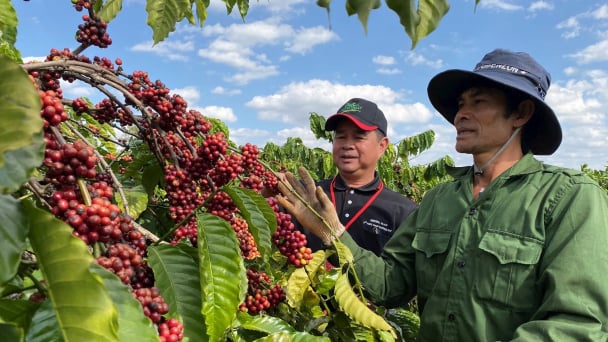
(VAN) Businesses emphasize fairness and equality when integrating social factors into their sustainable development strategies.
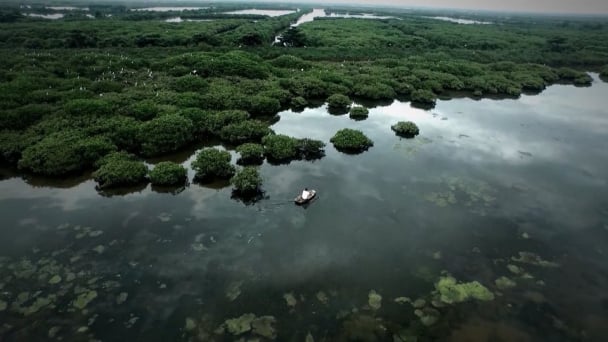
(VAN) French organizations and enterprises propose that Thai Binh province provide potential and long-term cooperation contents related to climate change response and green industrial development.
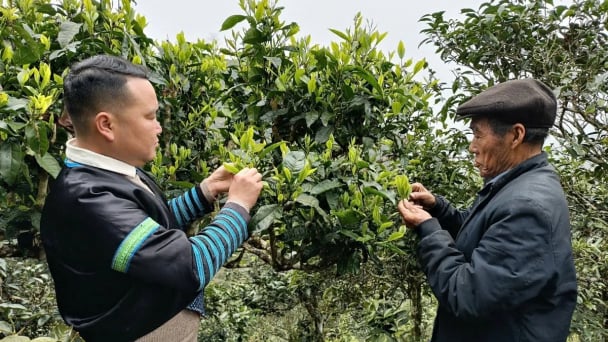
(VAN) Shan Tuyet tea is considered a 'heavenly treasure'. The H'mong people allow the tea to grow naturally, adhering to organic production principles, with the aim of exporting the product.
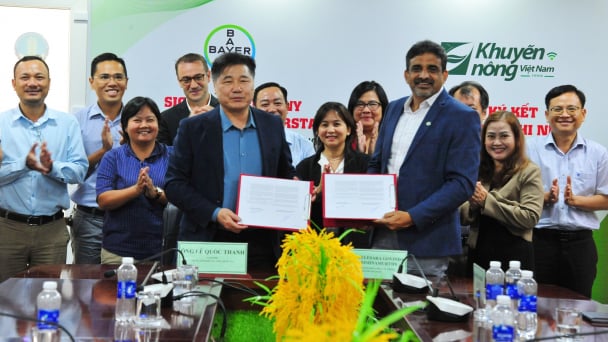
(VAN) Bayer Vietnam and the National Agricultural Extension Center have signed a partnership agreement to expand the development of effective and safe farming models for rice, durian, and coffee.
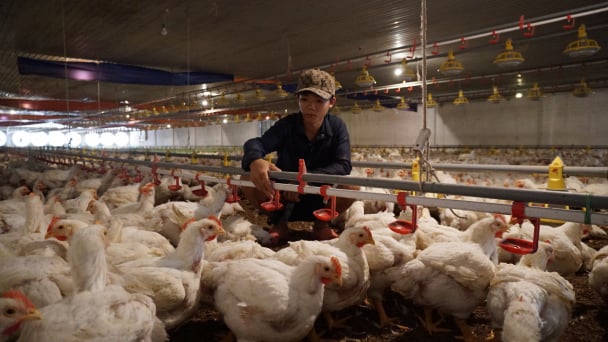
(VAN) Tay Ninh province possesses all the favorable conditions, from natural advantages to geographic location and social harmony, to drive economic development, particularly in attracting investment and advancing modern livestock farming.
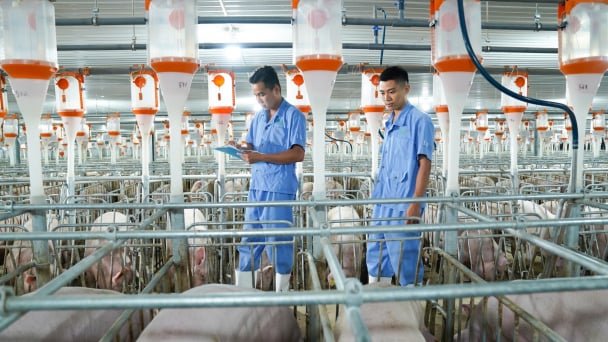
(VAN) Notably, every link in BAF's entire closed livestock value chain Feed - Farm - Food has received international certification.
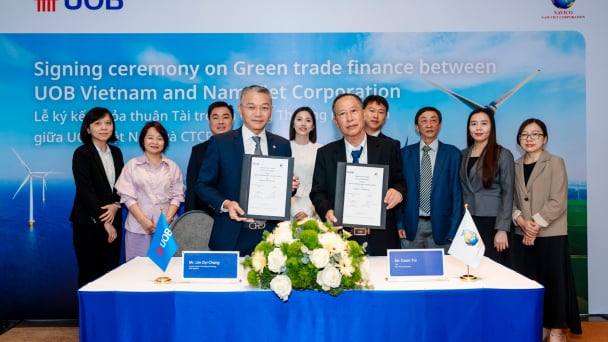
(VAN) UOB Vietnam has recently signed a green credit agreement with NAVICO to develop sustainable aquaculture that meets international standards.